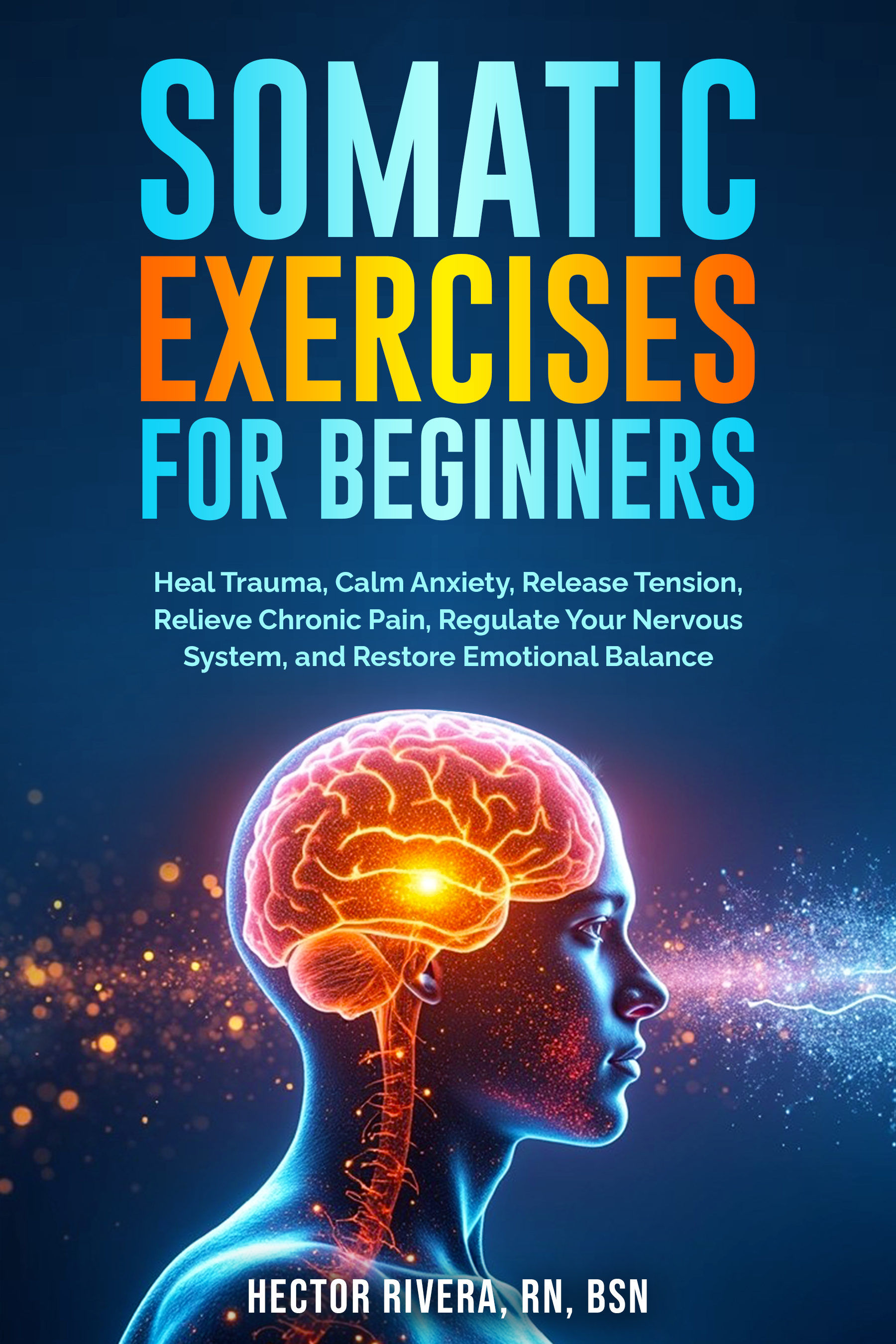Does Somatic Therapy Work? Questions and Answers

Does Somatic Therapy Work?
When people first hear about somatic therapy, the question that comes up most often is a simple one: Does somatic therapy work? It’s a fair place to begin. And for those who have never heard the term, their first question may be, What is somatic therapy? The name itself may sound unusual, but at its core, it means therapy that pays equal attention to both the body and the mind. By learning to notice and respond to the body’s signals—such as tension, restlessness, or shallow breathing—people often discover new ways to release stress, calm their nervous system, and feel more grounded in daily life.
Somatic therapy is different from talk therapy alone. Traditional therapy often focuses on thoughts and stories—what happened in the past, how you felt about it, and how those experiences shaped who you are today. Somatic therapy doesn’t ignore those parts, but it adds another dimension: the body’s memory. The body holds tension, habits, and reactions that may not even make sense to the thinking mind. When you pay attention to these patterns, you begin to see how stress manifests in your body, and you can respond in a way that works with it, rather than fighting against it.
Many people describe it as learning a new language—the language of your body. At first, it can feel strange to pause and notice sensations. You may notice your shoulders lift, your jaw tighten, and your breath stay shallow. Instead of brushing these things off, somatic therapy teaches you to see them as signals. They aren’t signs of weakness; they’re your body’s way of saying, “slow down” or “pay attention.”
So, what does this look like in practice? Sessions often involve gentle movement, guided awareness, and simple grounding exercises to promote relaxation and well-being. A therapist might ask you to notice your breathing or track where you feel a particular emotion in your body. For example, someone discussing workplace stress may realize that their stomach knots every time they agree to something they don’t want to do. By becoming aware of that sensation, they can pause and recognize their body’s “no” instead of pushing through until they feel resentful or exhausted.

These small shifts create powerful changes over time. Somatic therapy doesn’t usually bring instant breakthroughs. It’s more like planting seeds and watching them grow. Each time you pause to notice and respond with care, your nervous system gets an opportunity to settle and restore its balance. Slowly, you build resilience. Instead of reacting on autopilot—snapping at a loved one, shutting down in conflict, or holding tension all day—you begin to catch yourself, breathe, and choose a different path.
Research supports the somatic therapy approach. Research on trauma recovery shows that body-focused practices can help reduce symptoms linked to anxiety, depression, and post-traumatic stress. When the nervous system feels safe enough to relax, healing can reach layers of experience that words alone sometimes miss. That doesn’t make talk therapy unnecessary—instead, combining body awareness with traditional methods often gives people a wider range of tools to support their healing.
Another vital aspect is accessibility.
Somatic therapy doesn’t require expensive equipment or complicated techniques. Many practices are simple enough to use at home. Taking a few deep breaths before opening a stressful email, placing your feet flat on the ground during a long meeting, or noticing how your body feels before making a decision are all somatic skills. These moments may seem small, but they add up. Over time, they shape how you perceive stress and how you navigate daily life.
Of course, results vary from person to person. For some, changes show up quickly. For others, it takes more time. Things like past trauma, daily stress, and how comfortable you feel tuning into your body can all affect the pace. What doesn’t change is the way forward—it’s not about forcing yourself. Somatic therapy works by encouraging you to listen to your body and allow the healing process to unfold at its own pace.
If you’re curious about somatic therapy, it's helpful to have a sense of how it typically unfolds. A good therapist takes things at your pace and won’t rush you into memories or feelings you’re not ready to face. The work focuses on creating safety, experimenting with simple practices, and paying attention to what feels right in your body. Even if this feels entirely new, the approach meets you right where you are.
If you ever think you won’t do it “right,” let that thought go. There’s no single way to approach this work. Healing isn’t about reaching a finish line or checking off a list—it’s about giving your body the chance to ease tension and find its balance again. Some days the changes feel small, barely there. On other days, you might notice a clear sense of relief or an unexpected calm settling in. Each experience counts, and each one helps you move forward.
At its core, somatic therapy is about permitting yourself to be human. It recognizes the deep connection between mind and body, showing that real healing often means caring for both. Whether you’re easing stress, working through past trauma, or simply wanting more calm in daily life, somatic therapy offers a path worth exploring.
So, does somatic therapy work? For many, it does. It creates space to slow down, listen to the body, release long-held tension, and learn simple skills that support both emotional and physical health. If you’ve been seeking steadiness, presence, and comfort in your skin, this approach can be a great starting point.
If you have any further questions about somatic therapy, please refer to the information below. Didn’t find your answer? Please let us know, and we’ll add it.
Does Somatic Therapy Work?What Are Somatic Practices?
What Is Somatic Healing?
What are Somatic Exercises?
What is Somatic Therapy?
Do Somatic Exercises Work?
What is the Feldenkrais Method?
What is the Alexander Technique?
What Are Mindfulness Exercises?
What is the somatic system?
Somatic vs Autonomic Nervous System
What Are Somatic Symptoms?
Resources
- The Body Keeps the Score — Bessel van der Kolk
- Waking the Tiger — Peter Levine
- Somatic Experiencing (Peter Levine’s approach)
- Hakomi Method (Ron Kurtz)
- Sensorimotor Psychotherapy (Pat Ogden)
- The Polyvagal Theory — Stephen Porges
- National Institute for the Clinical Application of Behavioral Medicine (NICABM)
- American Psychological Association (APA) – Somatic Therapy articles
Medical Disclaimer: The information on this website is for educational purposes only and is not a substitute for professional medical advice, diagnosis, or treatment. Always consult a qualified healthcare provider with any questions you may have about your health or a medical condition. Never ignore professional medical advice or delay seeking it because of something you have read here.

